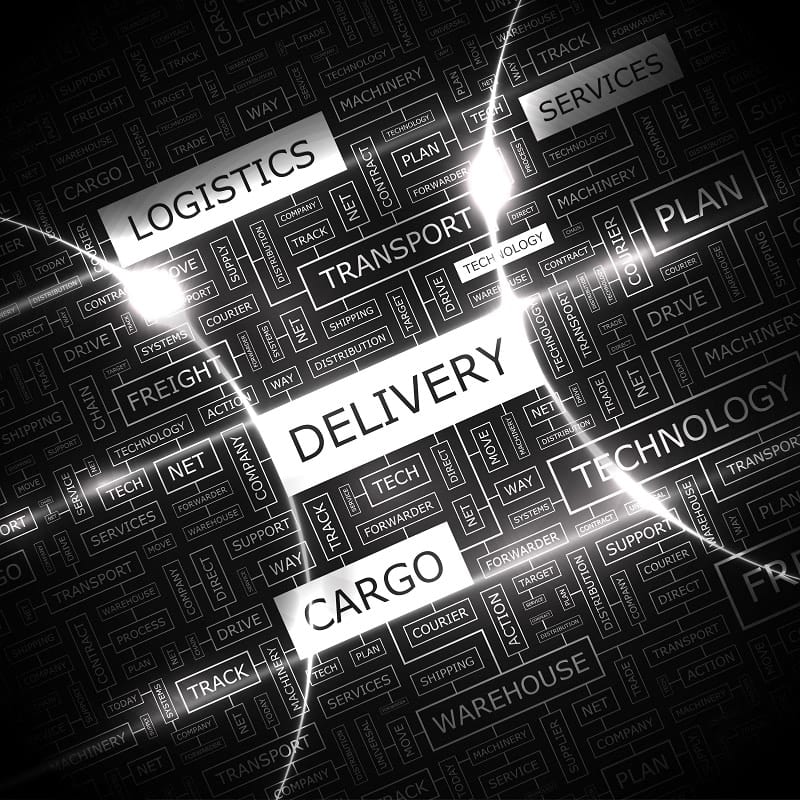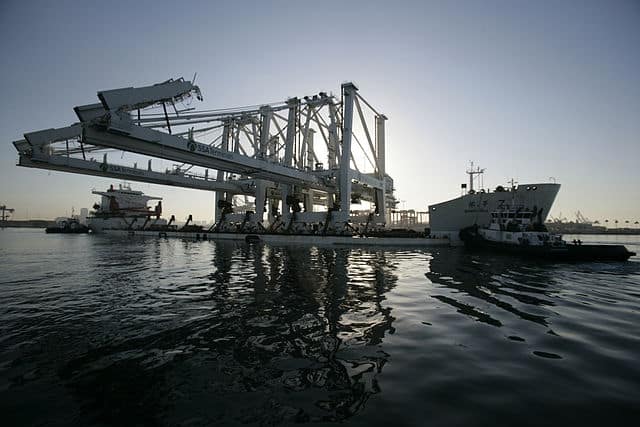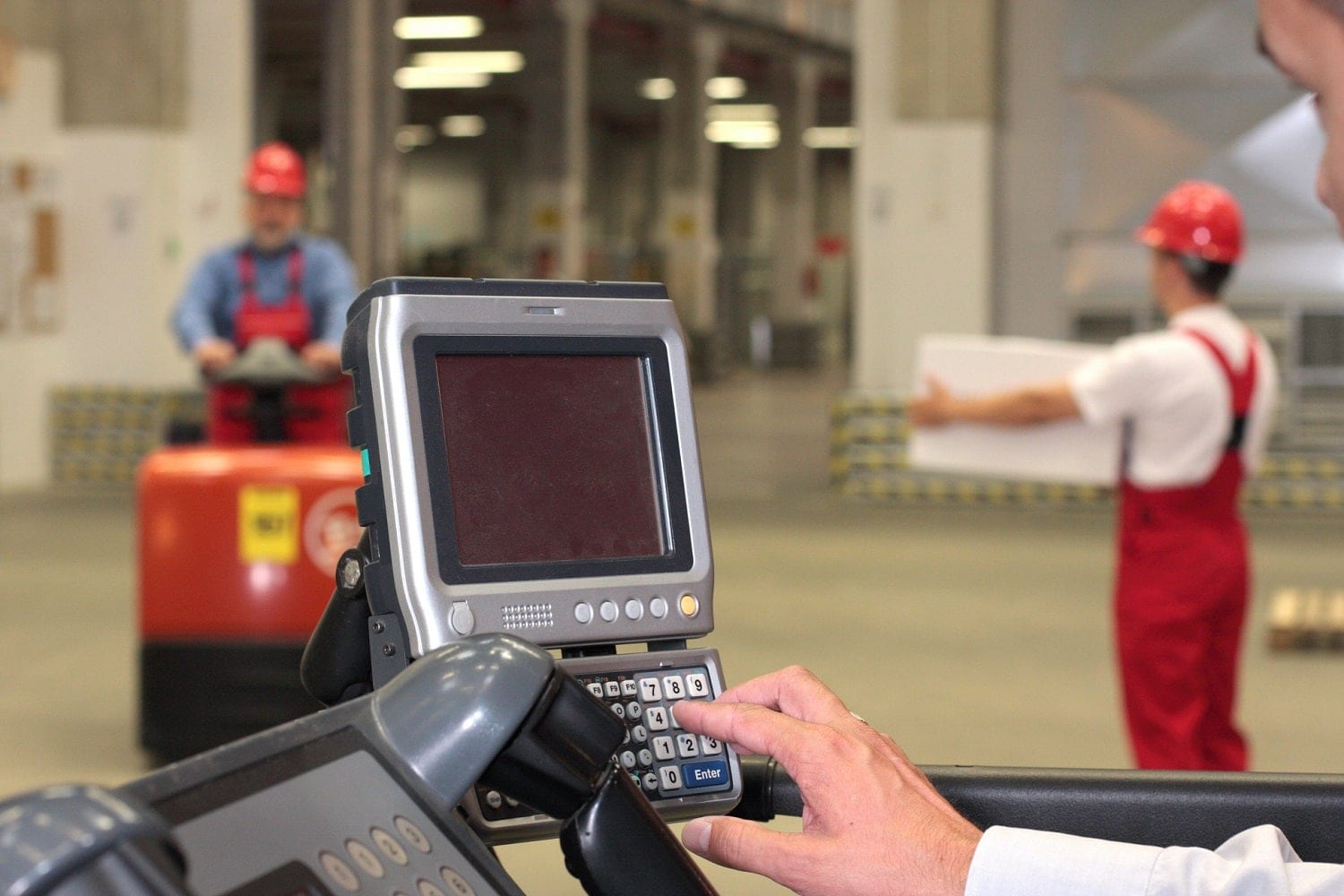10 Changes Set to Shape Order Fulfillment in the Next 10 Years
With more than 15 years under our belts in the order fulfillment business and decades of collective experience, it feels like there's very little the Capacity team has not done or seen. Fulfillment changes on a regular basis and requires frequent reviews to stay on course.

We've moved from the early days of the Internet to a world where connectivity and data transfer defines our industry, while keeping real-world service and customer satisfaction at the top of our agenda throughout.
That doesn't mean we can rest on our laurels, however. It always pays to stay on top of any evolving supply chain, whether to drive improvements, reduce costs, or anticipate potential issues on the road ahead. Today's article takes a look at ten developments that we expect to shape our industry in the coming years.
Plan Ahead: 10 Order Fulfillment Changes to Expect
To successfully navigate the fulfillment challenges of the future, it helps to understand the environment in which they'll arise. Knowing what's on the horizon also makes it easier to spot opportunities that could give your business a competitive advantage, such as a more cost-effective way to deliver orders or a quicker route to get cargo into the country.

Here are ten changes that we expect to see influencing the order fulfillment landscape over the next decade:
- Amazon drives delivery technology - read more
- Self-driving cars could automate deliveries - read more
- Ports must manage expansion and automation - read more
- Same-day delivery finds its limits - read more
- Commercial real estate influences core strategy - read more
- Warehouse workers will receive more training - read more
- Brands must literally get closer to customers - read more
- An expanded Panama Canal stretches ports and skews trade routes - read more
- Algorithms inform planning and purchases - read more
- Customer loyalty comes down to more than just what products cost - read more
Let's take a closer look at why each of these topics will become increasingly important in the years ahead.
Amazon Influences Technology
No individual company has driven as many fulfillment changes as Amazon in the past decade. Growing from a small web-based bookseller to dominate e-commerce as a whole, the vision of Jeff Bezos has defined everything from online order processing to consumer expectations around delivery times.
Now, Amazon seems to have its sights set firmly on revolutionizing the warehouse environment, predominantly by introducing new technology.
While the company's delivery drone proposals made a media splash two years ago, it's the smaller and more immediate applications in the warehouse that we expect to see first. Easy access to high shelving and rapid movement of light items are the initial ideas, and opening up the wide expanses of airspace in a private warehouse will be less fraught with regulation than the FAA-regulated skies outside.
On the ground, Amazon has also grabbed the headlines with its Kiva robots, which work tirelessly to speed products from one side of the storage space to another. The company is keenly interested in the potential for robotics to alleviate its soaring supply chain costs, so expect to see rapid development in the types and trials of warehouse robots in the near future.
Delivery Vehicles Drive Themselves
Out of the warehouse and into the streets, it's Amazon's online peer (and occasional retail rival) Google that is driving fulfillment changes in a very literal sense.
Self-driving cars have been tested on the roads of California for several years now, but it's their potential to complete deliveries that has the fulfillment industry on its heels. While the skies are unlikely to open up to delivery drones anytime soon, it's not such a stretch to imagine delivery vehicles that drive themselves navigating our streets soon, as both the tech sector and auto industry invest heavily in the concept.
In line with our examination of using smart cars as order pick-up points, full delivery by self-driving car is something we could start to see in the not-too-distant future.
Ports Expand and Automate
Away from the streets and out at sea, you might have noticed that container ships are only getting bigger. For the ports that unload these massive vessels, that means two things are required: 1) more space and 2) more efficient means of unloading.
Retrofitting major U.S. ports and the infrastructure that surrounds them is already underway and stretching into billions of dollars spent. The long-term gains are evident, but in the short-term, it's time to play catch up for the country's ports. The same goes for automation, where port authorities are racing to keep up with the sheer volume of containers that can now arrive on a single ship.
The bottom line is that to stay competitive and keep import customers happy, we can expect to see ports expanding to offer more capacity and faster turnaround times.
Importers must closely watch any that fall behind this expansion curve as it could easily slow product intake and cause seasonal demand deadlines to be missed.

Same-Day Delivery Stretched
In a few short years, we've moved from next-day delivery being considered a premium option to almost a standard service. Same-day delivery is the next logical step, while with Prime Now active in 24 cities at the time of writing, Amazon is making certain items available within an hour or two.
The question now is less about how quickly can we make a delivery, as much as it is what level same-day services will be able to make standard across the country.
As with so many of its products, Amazon uses special delivery options as a competitive advantage, principally to attract subscribers to its Prime service. It will lose out or break even on certain items in order to lock consumers into its environment and secure more of its business. That strategy has its limits, however, and there are major question marks over how widely any major retailer could realistically offer one or two-hour delivery, especially outside densely populated urban areas.
For that reason, it will soon be necessary to settle on a service level that is "quick enough" for most consumers. Fulfillment changes can be elastic in this way, stretching to an extreme before settling at a more sustainable point. Once we reach that point, both established parcel carriers and delivery startups will face the challenge of meeting these greater expectations. The "now crowd" will still be important to please but don't expect them to define the delivery speed for the majority of customers who order online.
Real Estate Trends
The current commercial real estate environment is tighter than we have seen it in recent years, with vacancies at historic lows. In our area of New Jersey alone, we have seen a dramatic drop in vacancy levels from 9.2% at the end of 2014 to 7.8% as last year came to a close.
While the major players build enormous new distribution centers next to big cities, there appears to be limited new construction for smaller and medium-sized occupants. Legacy leases negotiated at the bottom of the market following the residential real estate crash still exist, but will soon expire. New leases will come at increasingly high prices if the low vacancy levels persist.
Capacity CSO and co-founder Thom Campbell views these higher prices as a rising challenge in the industry:
"As my father always said about real estate, they are not making any more of it. While new construction will bring more inventory on the market, it is not likely to alleviate the structural nature of this environment." ~Thom Campbell, Chief Strategy Officer, Capacity LLC
Highly Skilled Warehouse Workers
With all the talk of new technology and automation in the warehouse, it's easy to feel as though there will be no jobs left for humans. In reality, it usually means that there are simply more skilled positions on offer, while the mundane work is farmed out to the machines.
The digital world has inevitably elevated the importance of software developers and data analysts. Those skills will start to serve fulfillment providers even more effectively, as new programs are developed to manage automated equipment and strategic decisions become even more data-driven.
Warehouse employees and their direct managers will increasingly be asked to merge these alternative skill sets with their existing industry knowledge, creating a new breed of workers who are equally at home with data sets as they are with delivery schedules.

Brands Get Closer to Customers
As consumers, millennials are taking over from their boomer parents in terms of both income and market importance. As a demographic, many are also moving closer to major urban centers than there previous generations, with implications for the supply chains that serve them.
As we covered above, this generation expects rapid delivery and companies must intuitively understand the operational capabilities and delivery lead times of each warehouse location. We see many major retailers building facilities much closer to major urban centers in order to meet this demand, so smaller companies will have to consider how they can leverage location as a competitive advantage.
Panama Canal Expansion
With testing now underway for the final phase of the expanded Panama Canal, analysts are able to assess the potential impact on trade routes against current shipping conditions. The expanded waterway will permit the passage of much larger vessels, giving importers their pick of routes for bringing cargo into North America.
Previously, as container shipping expanded in both size and scope, imports had skewed towards the West coast. Studies by the Boston Consulting Group suggest that up to 10% of U.S. imports could return to the East coast as a result of the Panama Canal expansion. This has implications for ports on both coasts and the logistics providers who serve them. It will also mean more of those enormous container ships that we discussed earlier arriving at East coast locations, which will be expected to catalyze the improvements to infrastructure that those vessels require.
Increasingly Important Algorithms
Although the buzzword "Big Data" has been around for longer than most of us care to remember, the reality is that we are in the very early stages of algorithmic planning.
Supply chain activities, like the consumer purchase process and B2B demand analysis, can increasingly be modeled to allow more data-driven decisions. As a result, there is an expanding space for services that can analyze current and future purchase options, levels of consumer demand, and historic inventory levels to determine the most efficient procurement strategy.
Customer Satisfaction Means More than Price
With the advent of e-commerce, the customer is now in control of comparative pricing. In most cases it takes just a few clicks to find what we're looking for and price the product out against competing retailers,
Keeping customers is about much more than price, however, and order fulfillment is starting to play a major role in customer service and retention.

As we talked about in the five fundamentals of order fulfillment, with so much of the purchase process happening online, modern brand perception is heavily influenced by making service and maintaining consistent levels of quality. That influence will continue to grow as more and more businesses turn to e-commerce, which will in turn puts more pressure on the fulfillment operation to deliver on-time, without errors.
What this means in terms of evolving order fulfillment is that the warehouse team and/or third-party service providers will need to become more aligned with those who set the brand expectations, such as sales and marketing. A finely-tuned fulfillment solution will have implicit knowledge of what the business promises to buyers and will set service level agreements to deliver on them. Third-party providers could also come to play a greater role in keeping costs down and driving waste out of the supply chain, as clients use fulfillment changes to remain competitive.
As we explore the evolution of order fulfillment during March, we will turn to many of the topics covered above in more depth. Our objective is to unpack as many fulfillment changes as we can this month, to empower readers to take action on those that matter most in your industry.
To keep up to date with new articles and important supply chain changes, sign up here to receive our e-mail updates.